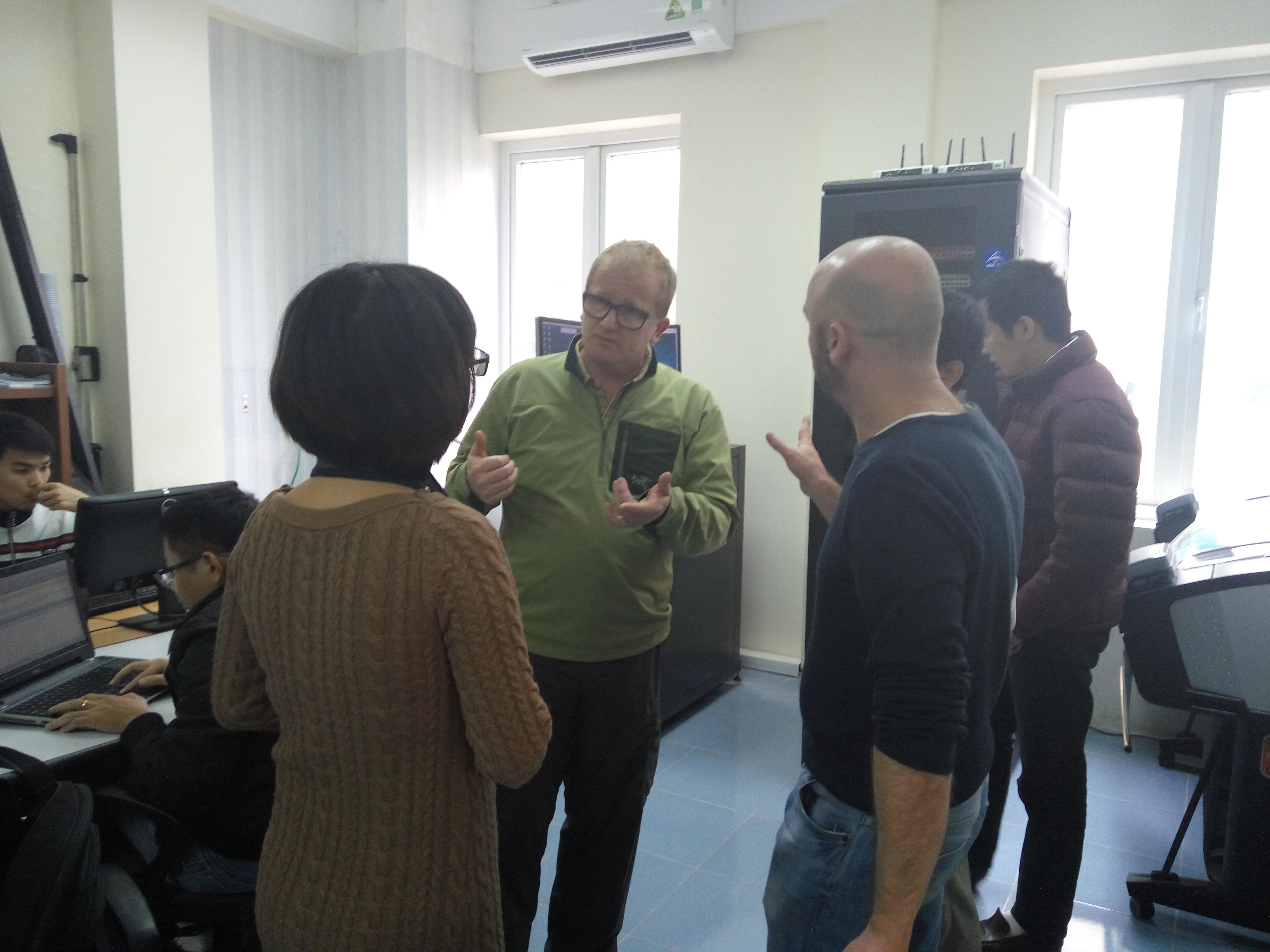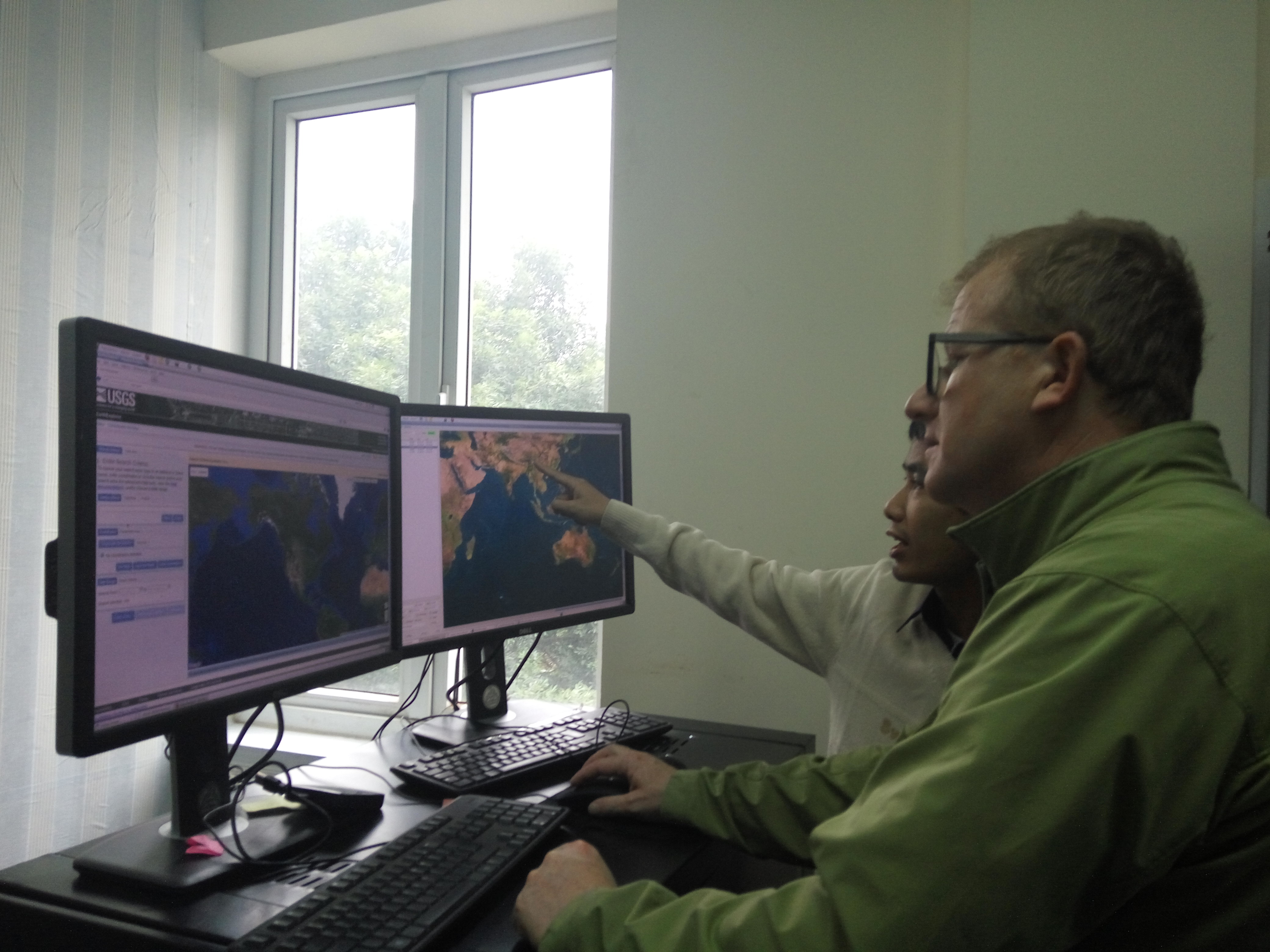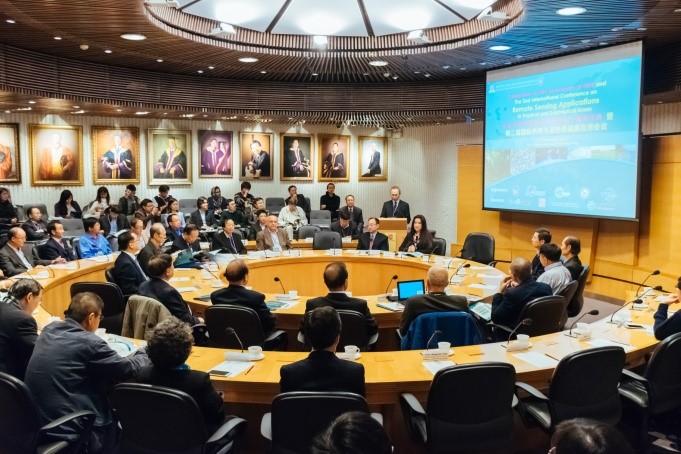From 16-18 November 2015, the 1st steering committee meeting of the TORUS project was held at the University of Toulouse 2 Jean Jaures, France. FIMO attended the meeting as a one of key members of the project.
Initiated and driven by Dominique Laffly, geographer, university professor and member of GEODE laboratory, TORUS is one of eight French projects selected among the 120 selected for more than 575 candidatures. The project is financed by the European Union in the framework of Erasmus + Capacity Building. This program funds “transnational partnerships between educational institutions and organizations, training and youth programs in order, promoting cooperation and development”. TORUS funded for 3 years, gathered around the University of Toulouse 2 Jean Jaures, the international school of information processing sciences (EISTI, Pau campus), University of Ferrara in Italy, university Brussels Vrije in Belgium, Vietnam national University in Hanoi, the Nong Lam university of Ho Chi Minh and two Thai institutions: Asian Institute of Technology (AIT) in Pathumthani and Walailak university in Nakhon Si Thammarat.
The ambition of TORUS? Develop research on cloud computing in the environmental sciences and promote its education in the countries of South East Asian partners.
Schematically, cloud computing consists of pooling hardware and software resources via the Internet. It reduces the costs of processing and storage of information in a simplified environment accessible to all. It is also an operational response to the generalized problems of Big Data – also today major issue of Computer Science. This simplification and cost reduction offer methodological possibilities not previously explored (e.g. test many models, including in the area of Big Data for data reduction to compare their relevance). The strategy of the project that aims to organize thematic workshops and practical workshops applied to the environment is a real innovation that responds to demand now clearly identified with our partners. Still little teaching, cloud computing, recent paradigm of computer science, requires a major theoretical investment before being mobilized by the practice on concrete projects. Projects that will have at heart to strengthen the links between education, research and environmental engineering. TORUS is responding to regional priorities set in the framework of ERASMUS + projects. Besides the theoretical and requested practical skills TORUS develop the specifications for future Masters level training with our partners and publish two reference books (education, scientific), and also deliver practical solutions deployed at three basic levels of cloud computing (infrastructure, platform and software) in the partner countries with computer hardware funded by the project.
Beyond the capacity building in the field of research, our project has the merit to positioning our disciplines into a major issue of contemporary science, namely how to be able to respond to this new computing paradigm – yet already older than 15 years – without necessarily being prepared, move from a “traditional computing model-based world to mathematical research to find a pattern in the data” (Wikipedia). We are betting that this is a multidisciplinary and transdisciplinary ideally we will succeed. Geography, geosciences and environmental sciences in general can not ignore it. There is urgency in the context of the evolution of computer technology and the ever-increasing volume of data in the context of threats against our climate and sustainable development of the planet, in the context of the need to reduce just as much as bridging the technology gap between north and south, in the context of universal free access to data (open data) – when these are funded by public funds – and free software (open source). At the option of the specializations of teams, TORUS addresses the following environmental themes to develop on cloud computing: erosion, urban air pollution and Southeast Asia atmospheric pollution, melting permafrost that causes the accelerated release of soil organic carbon in the atmosphere, alert systems of environmental hazards such as forest fires, prospective modeling of socio-spatial practices and land use, web fountains as geo-portal of geographical data.
Tomorrow is today already, be prepared for, besides that we should anticipate future IT tools, there is much to bet that these new paradigms will open us many innovative scientific horizons at the heart of our problematics. Let us dare!

The meeting of the TORUS project























